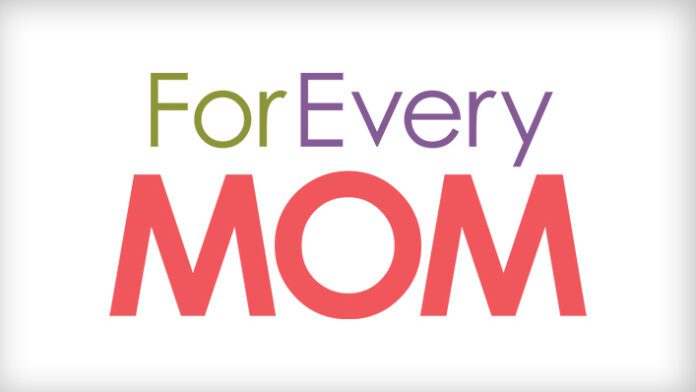A teen in my therapy office last week shyly admitted that he was having a tough time managing his anxiety. Talk of the deadly coronavirus spreading around the world á la the movie Contagion had sent him in a tailspin. Unsurprisingly, much of what he understood about this threat was inaccurate and sensationalized.
I was able to give him some basic facts and help him imagine realistic scenarios, and he was able to leave my office feeling empowered rather than helpless. I left our session together deeply aware that what children are reading or hearing about coronavirus, or COVID-19, is likely very frightening for them.
Much has been written about increasing rates of anxiety among children and adolescents, and while researchers do not yet have definitive answers about why this trend exists, technology and a 24/7 information stream is likely playing an important role in keeping us on “high alert” for danger and feeding our natural instinct to identify and process potential threats. This is particularly problematic for young people whose brains are not yet fully capable of identifying, ignoring or critically evaluating unhelpful information.
There has always been danger lurking in the world. But for most of modern history, if the danger was distant or beyond meaningful practical action, parents could manage the information flow and redirect their children’s attention to life in the here and now. At appropriate times, parents could act without also needing to address sustained and scary messaging about the problem they were facing.
This is no longer the case. We have to adapt to the reality that our children are going to be exposed to information that is incomplete, inaccurate, and unhelpful whether we want them to be or not. And we should assume that the information coming to them right now about coronavirus is creating anxiety for them, whether they are talking about it directly or not.
With this in mind, I encourage you to do four things in the coming days:
First, sit down with your kids and ask them what they have heard about COVID-19 and how what they have seen or heard is making them feel. If you have children of widely varying age or personality, have separate conversations.
Second, give them age-appropriate information about what they should expect from coronavirus. All indications are that, like common flu viruses, COVID-19 is dangerous for the very old and adults with pre-existing medical conditions, such as respiratory and cardiovascular problems. If you and your children are in generally good health, assure them that COVID-19 is very unlikely to hurt them. If members of your family do have significant medical risk factors, talk with your doctor and health insurance provider now about the treatment pathways to follow if your at-risk loved one becomes sick, and assure your child that doctors know how to treat someone with coronavirus.
Third, and perhaps most importantly, reframe the conversation from self-preservation to communal care. In the face of messages that communicate, We’re in danger, we need to protect ourselves!, empower your child by communicating the message, Others more vulnerable than us are in danger, and we need to take action to care for them. The safety precautions that you and your family may need to implement at some point—like staying home, frequent hand washing and wearing masks—are primarily about not passing on sickness to vulnerable people, not avoiding sickness for healthy people. Help them to begin these protective measures now by practicing regular hand washing and teaching them to avoid touching their face and to cough and sneeze into their elbow.
Finally, ask your children to come to you if they read or hear about anything that contradicts what you’ve talked about, and especially if they are frightened about anything. Children will often withhold information from their parents because they are afraid of seeming stupid or getting their “sources” in trouble or taken away from them.
Your child is naturally wired to use you, their parent and secure attachment figure, to manage anxiety and fear. In this case, you may need to give them explicit permission and an invitation to talk about the topic.
It is very easy to be primed for fear and distrust, but humans can also be primed for courage and empathy. The world experienced through our news feeds and social media accounts is much more likely to prime our children for fear. It will be largely up to you to point to them to courage and empathy, and that will only happen if you lead the conversation.
***

